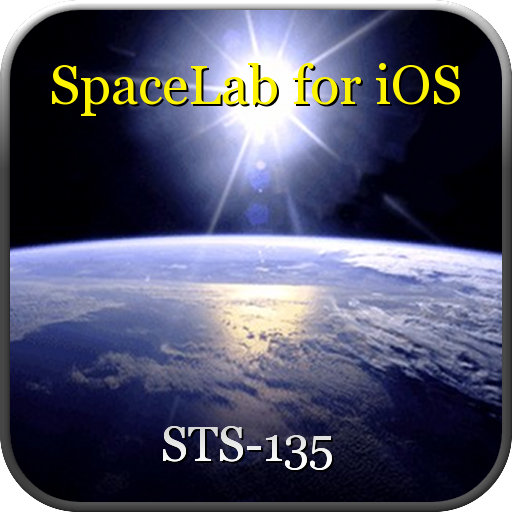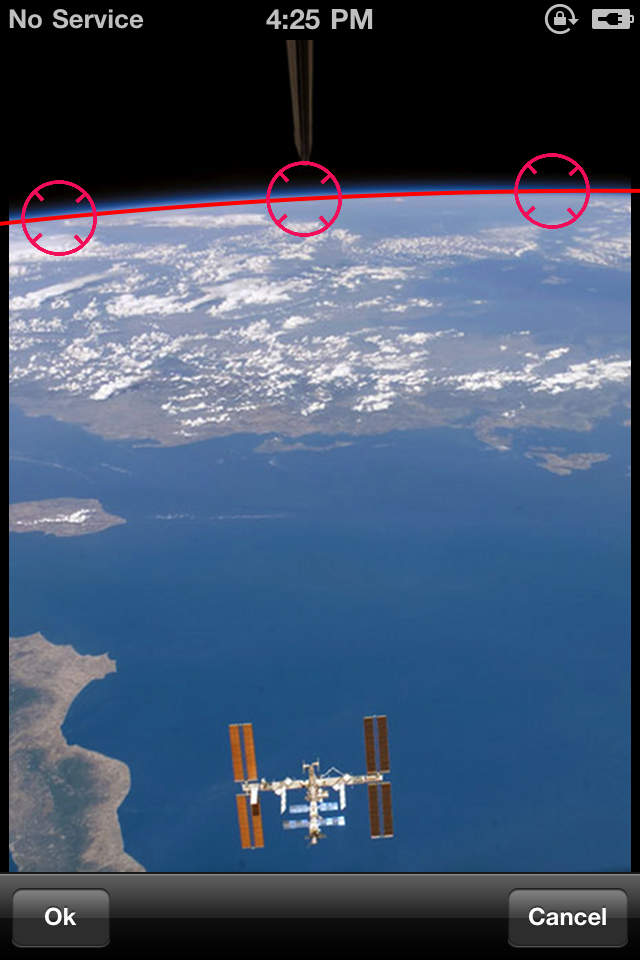
SpaceLab for iOS was developed for scientific payloads and experimentation in space -- but is available now for download to offer a simulated experience to users on the ground

SpaceLab for iOS



What is it about?
SpaceLab for iOS was developed for scientific payloads and experimentation in space -- but is available now for download to offer a simulated experience to users on the ground.

App Details
App Screenshots





App Store Description
SpaceLab for iOS was developed for scientific payloads and experimentation in space -- but is available now for download to offer a simulated experience to users on the ground.
This version of the app is identical to the version to be flown to the International Space Station (ISS) aboard the orbiter Atlantis on the historic final mission of the Space Shuttle program, where astronauts will perform the experiments and gather data to be processed and analyzed upon return to Earth. While designed for use in space, based on a check for gravity, the app invokes features that allow for a ground-based user to perform simulated experiments so that anyone can get a sense of the tasks and objectives of the flight experiments.
BACKGROUND
With the addition of a three-axis gyro, iPhone 4 offers capabilities previously found in purpose built aerospace hardware. Odyssey Space Research, in commercial cooperation with Nanoracks (http://www.nanoracks.com), has certified a set of iPhone 4's to be flown initially on the Space Shuttle, and later returned on a Russian Soyuz. These iPhone 4's will spend several months on the ISS demonstrating the capabilities of iPhone 4 hardware in space as well as paving the way for future opportunities for getting iOS experiments and devices to the ISS for scientific research and education.
The initial release of SpaceLab for iOS includes 4 experiments to be performed by astronauts on the ISS. The primary purpose of these experiments is to collect data for future flights, to improve the sensor accuracy and precision, and to demonstrate some of the basic capabilities intrinsic to iPhone but uniquely applied to the Low Earth Orbit (LEO) space environment.
Once the experiment and iPhones are returned to Earth and analyzed, it will be made available to users as part of a new release.
The experiments were inspired by the a navigation recovery function for a spacecraft that might be "lost in space" in LEO.
1: Limb Tracker
Astronauts onboard the ISS will use iPhone 4 to measure altitude above the Earth's surface by measuring the curvature of the Earth's limb. The Earth's limb is the termination line (arc) separating Earth and darkness of space. Collected data will also be used to calibrate the optics for future experiments. On the ground, a globe, photograph of Earth, or other representation, will allow the experiment to be performed and will yield an estimate of the scaled altitude.
2: Sensor Calibration
Astronauts will take a series of photos of a QR barcode (available at: http://www.odysseysr.com/spacelab/placard.html) in various positions. During the entire procedure, the accelerometer and gyro measurement information will be recorded for post flight processing. Combined with the images of the barcode, engineers will calibrate the sensors and deliver an autocalibration function for future flights. On, the ground, the steps can all be performed identically with the downloaded placard. An auto result will be displayed in a subsequent release.
3: State Acquisition
Astronauts will take photos of the Earth, and manually line up a coastline model from the National Oceanic and Atmospheric Administration (NOAA) with the captured photos. This will allow the software to determine where in space the photo was taken, and provide an estimate of latitude and longitude. In post flight processing on the ground, engineers can improve long term accuracy and precision with the collected data. The ground-based execution can be performed identically, but the results will not include the calibration from experiment 2 (to be made available in a subsequent release).
4: Lifecycle Flight Instrumentation (LFI)
This data collection experiment will assess how the iPhone hardware withstands the harsh rigors of space flight. In particular, this will attempt to detect and measure radiation exposure and help engineers determine how well an iPhone functions. This experiment can be performed on the ground but generates no output.
AppAdvice does not own this application and only provides images and links contained in the iTunes Search API, to help our users find the best apps to download. If you are the developer of this app and would like your information removed, please send a request to takedown@appadvice.com and your information will be removed.